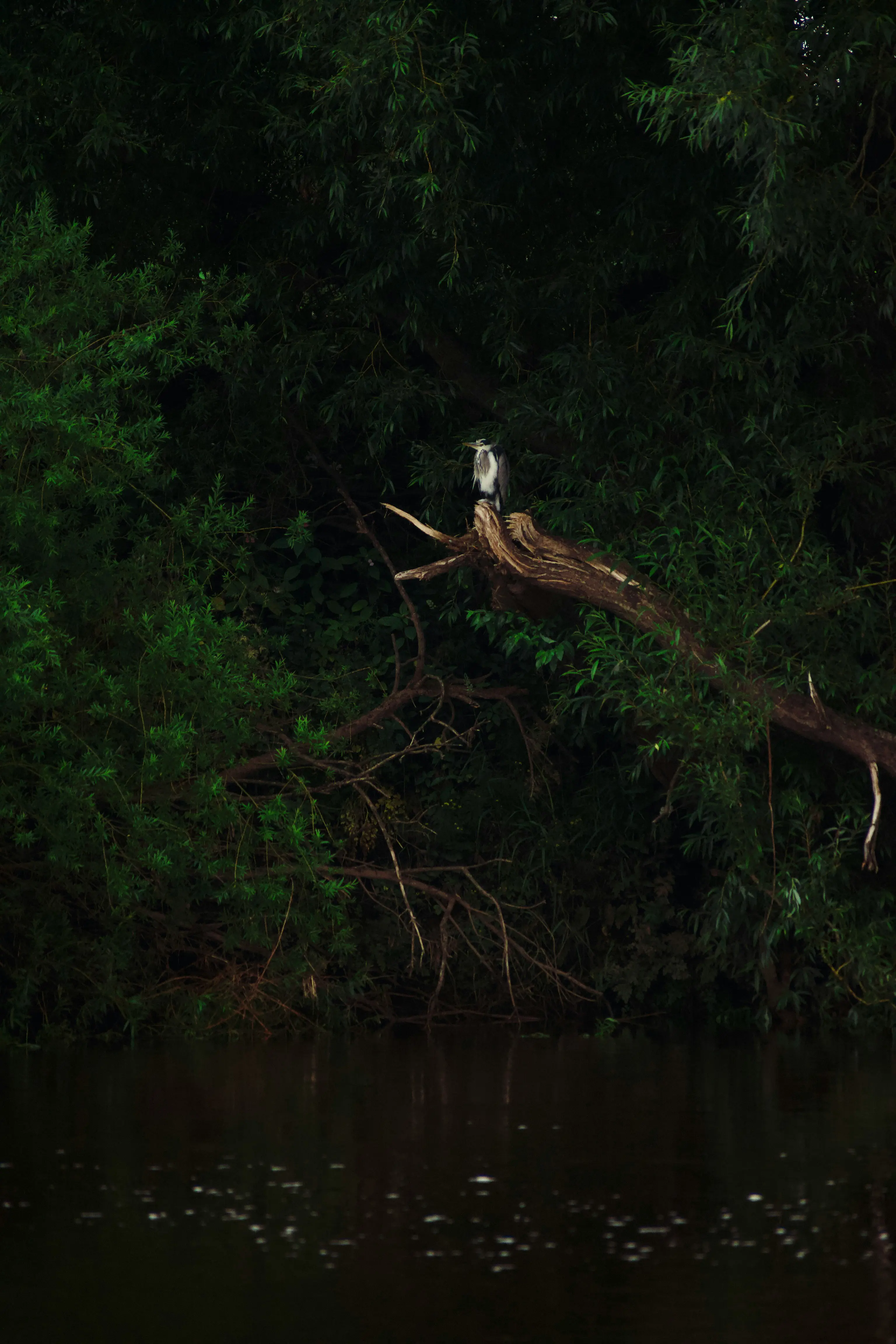The Forest That Remembers: Cracking the Code of ‘Old’ Water

In a quiet forest near Zurich, a five-year experiment has been quietly reshaping our understanding of how water moves through ecosystems. Spearheaded by hydrologist Marius Floriancic and a team at ETH Zürich, the outdoor laboratory nestled in the ETH Hönggerberg woods is helping unravel the so-called "old water paradox"—a hydrological puzzle that has lingered for decades.
The paradox stems from an oddity in streamflow behavior: rainfall often causes streams to surge within hours, yet the water itself is surprisingly old—sometimes months or even years in age. This mismatch between rapid response and ancient water has baffled scientists for years.
To probe this mystery, Floriancic and his colleagues installed a web of sensors in trees, soil layers, and the nearby stream, all feeding real-time data into a central hub. Over the years, this setup has created one of the most detailed pictures yet of how water travels through a forested catchment.
One key insight? Trees appear to play a much larger role than previously thought. By drinking water from deep in the soil and later releasing it through transpiration, trees are essentially timekeepers of water flow. When rain falls, the resulting stream surge isn’t made up of that new rainfall—it’s older water, nudged out by the hydraulic ripple of the new.
The study also highlights the remarkable inertia of underground water systems. Even heavy rainfall doesn’t always mix into streams directly; instead, it acts more like a pressure pulse, displacing the older water that’s been sitting in the system.
These findings have big implications. Understanding how and when water actually moves through ecosystems is critical in an era of climate instability, where both droughts and deluges are becoming more extreme. It also reshapes how scientists interpret isotope data in hydrological studies, and how we manage forests for water retention and flood control.
“Water is never just water,” Floriancic says. “It’s memory. It’s history. And it turns out, the forest remembers much more than we thought.”
The forest experiment is still ongoing, promising more data—and more surprises—as the system continues to age, just like the water it's revealing.